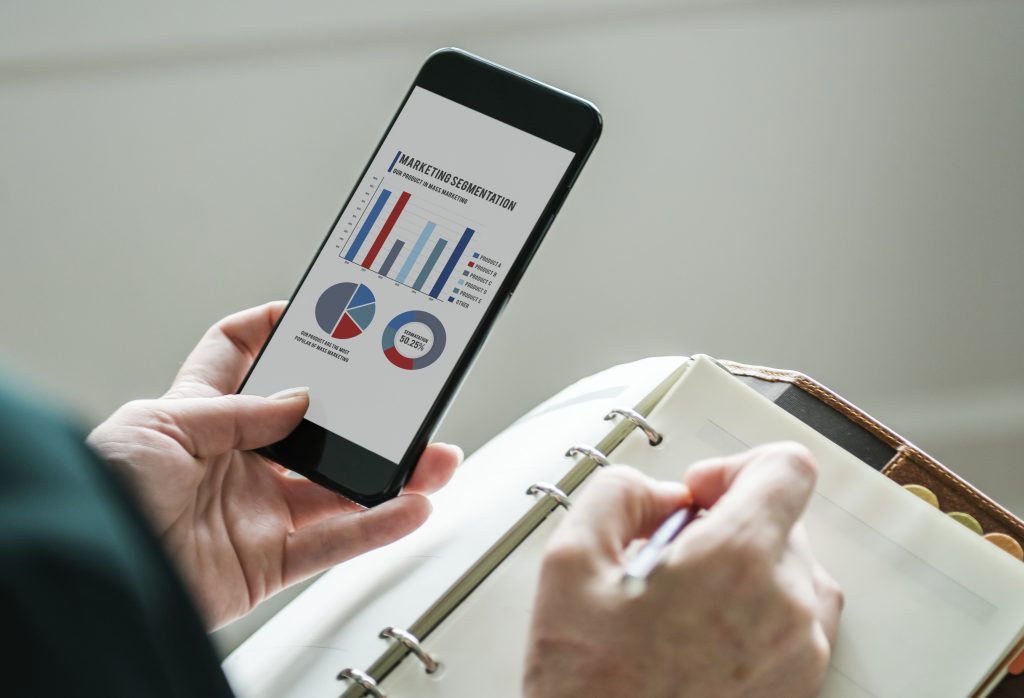Boosting Mobile App Performance: Best Practices And Expert Tips
In the fast-paced world of mobile applications, performance is key to user satisfaction. Users expect apps to be lightning-fast and responsive, and any lag or delay can lead to frustration and abandonment. In this article, we’ll explore essential best practices and expert tips to optimize your mobile app’s performance and ensure a seamless user experience.
Optimize Images and Media Files
Large image and media files can significantly impact app performance. Compress images without compromising quality and consider lazy loading techniques to load media only when needed. This not only reduces initial load times but also conserves the user’s data.
Minimize HTTP Requests
Each element on a mobile app page requires a separate HTTP request. Minimize these requests by reducing the number of on-screen elements and combining multiple requests into one. This helps decrease load times and improve overall performance.
Utilize Caching Effectively
Caching is a powerful tool to reduce load times for returning users. Implement proper caching strategies for static assets and data to minimize server requests and enhance app responsiveness.

Optimize Code and Algorithms
Streamline your code and algorithms to ensure efficiency. Regularly audit your codebase to identify and eliminate redundant or inefficient lines of code. This not only improves performance but also makes your app easier to maintain.
Implement Asynchronous Loading
Utilize asynchronous loading for non-essential elements and processes. This allows the app to perform multiple operations simultaneously, preventing one slow process from affecting the entire user experience.
Prioritize Critical Rendering Path
Focus on loading critical resources first to display content to users as quickly as possible. Prioritize the rendering of above-the-fold content to create a perception of faster load times, even if the entire app hasn’t fully loaded.

Optimize for Different Devices and Screen Sizes
Consider the diversity of devices and screen sizes in the mobile ecosystem. Test your app on various devices to ensure consistent performance across the board. Responsive design is crucial for providing a seamless experience on different screens.
Regularly Update and Test
Stay updated with the latest technologies and mobile platforms. Regularly update your app to leverage performance improvements offered by new frameworks and tools. Thoroughly test each update to catch and address any potential performance issues.
Monitor and Analyze Performance Metrics
Implement tools to monitor and analyze performance metrics continuously. Identify bottlenecks, track app responsiveness, and gather user feedback to make informed decisions for further optimization.
To sum up, by incorporating these best practices into your mobile app development process, you can ensure optimal performance and deliver a smooth user experience. Remember, a well-optimized app not only satisfies users but also contributes to higher rankings in app stores, ultimately increasing your app’s visibility and downloads.
Keep evolving and fine-tuning your app’s performance to stay ahead in the competitive mobile landscape. Happy coding!
___
by Thomas Theodoridis
source: MakeOwn.App
